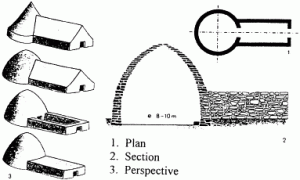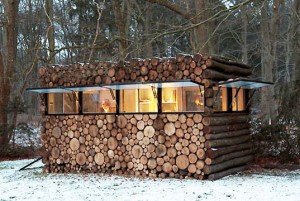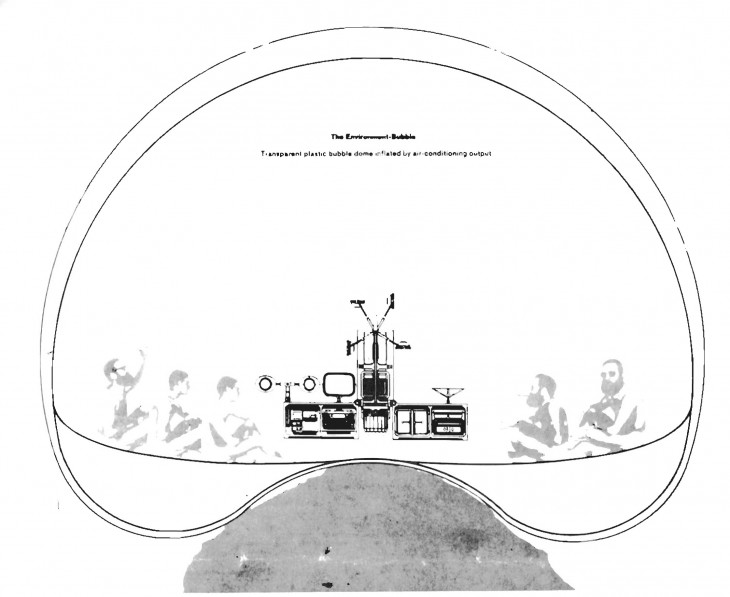Saint Jerome “The dessert, the study” by Allison Smithson.
This reading is an analysis of the allegory of the two habitat of Saint Jerome that the renaissance painters painted in between 1400 and 1700 about Saint Jerome in spite he lived between 374 AD and 420AD.
In the dessert he is exposed to the nature, the desire to retreat from the urban place to be alone in the nature expressed a human desire for the freedom that seems to be in the nature.
In the Study he is no longer exposed but protected, with all the conveniences that a city offers, but in despite that, we can see in both paintings that they are reciprocal and have a pieces of each other, creating fragments of an enclave.
In the Grotto Saint Jerome still is in nature, but with the protection of a cave, merging the two ideas together.
What do we understand for sustainability? What is sustainability and how broadly it should be cast? Can it encompass economic, social and aesthetic concerns ever as it pursue environmental balance? Can architecture provide sustainable shelter and be art?
Architecture is cultural and social, as architects we must re-imagine architecture as a partner in the pursuit of a new relationship with nature. After all, architecture, it is shelter at its most basic human level.
Saint Jerome “The dessert the study”
Between the Desert and the Book!
In the text of (Saint Jerome , The desert .. the study ) , Alison Smithson showed a duality in approaching St.Jerome . A duality through the back and forth movement between environment and education , civilization and desert . Smithson discussed the pictures that was done in the renaissance that talked about the life of St. Jerome, and this illustration showed the importance of learning from the environment as a sociological fusion as well as elements in terms of harmony in nature . St.Jerome who traveled to explore has his pictures drawn in the era of exploration and the evolution , and in the renaissance years . Alison Smith showed the importance of the role of the Saint as his life is inspiring and how he lives a nude life and how this nudity leads to exploration and knowledge . Moreover , the text itself shows a continuous sequence about changes through out history and that currently we are going back to the idea of environment and fusion between sustainability , education , and society.
Overall View !
Since their presence on Earth, human being tried to adapt with the environment to maintain their survival. Materials, weather condition, food, location, protection … all were important elements to achieve this continuity. In this cycle architecture was an important theme in terms of developing this relationship between human and environment , exploring new concept like (inside, outside, shelter , individuality as well as gathering information and apply them to their current conditions . On the tributaries of Mesopotamia, people developed structures based from their available bamboo trees to form a shelter . There was were the idea of Iwan was developed and used in many places across Mesopotamia and Persia . Consuming environment in that time was a matter to construct and to survive , and within this stereotype architecture was evolved and developed (from a drawing to a building) and from a shelter to a village .Religion , Ethics , and spiritual thoughts was always in parallel with Architecture , not only in terms of constructing temples , churches , mosques and religious buildings , but also in terms of how a life of priest , saint or a prophet influenced later on architects and painters that always illustrated drawings about the coherence between saints and religion with environment and its resources . Saint Jerome (The Desert … The Study – Alison Smithson ) text about painting the life of St.Jerome reveals the importance of the civilization in studies as well as the importance of knowledge and exploration .
During the middle ages , architects , painters , and researches explored other continents and advanced their studies to integrate in in Architecture as well as other topics , yet these development lead to a fusion of industrial movement (industrial revolution ) that consumed most of the earth’s renewable and non renewable sources to integrate it with all kinds of daily life and non daily life products . Architecture as well had its switch after industrial Revolution and that was obvious in the art noveau as well as the communist movement and current contemporary designs. Contemporary architecture is towards more green . Green in terms of preserving nature, going back to the elements in nature , its considerable ideology that goes back and forth between early ages and current time .
In conclusion , availability of materials was then in the early ages a concern to spontaneous design , which means that people are obliged to use materials from where they live , but now and after all these revolutions and changes , architecture is going back to the idea of purism and self-sufficiency through eco-friendly approaches and how architects with their designs can integrate more the technology we achieved in an eco-futuristic approach .
by Mohamad Yassin
Form Follows Nature
Architecture, from modernity onwards, has ignored nature’s genius. Is it wrong, is it right? Many can debate this theme in terms of technological advancement that lets us overcome the issues brought by designing regardless of what surround us yet, in my opinion, nature has to be brought back.
As seen in class there are several ways to bring nature into architecture; positional, metaphorical, atmospherically, intangible, disturbed, and environmental. All of them valid yet, it depends on the depth and manner that this relationships are brought that matters. To shallow a relationship and becomes only decorative, too deep the relationship and the users comfort might be compromised.
Are we human?
T1- The conditioned outdoor room
In order to unravel the main arguments demonstrated in the writing of Bernard Rudofsky, it is essential to understand author’s background and previous work. Rudofsky was most influential for organizing a series of controversial MOMA exhibits in the second half of the 20th century. Nowadays he is remembered for numerous urbane books that provide relevant design insight that is concealed in entertaining and subversive sarcasm. The text in its undertone could be related to his famous work in MOMA: Architecture without Architects, where he states that “Architectural History , as written and taught in the Western World , has never been concerned with more than a few select cultures. “. Read More






